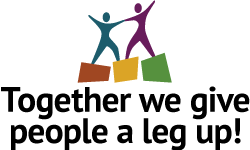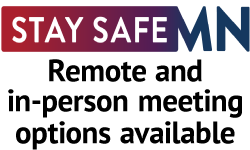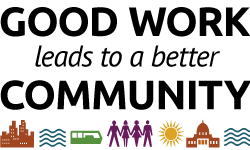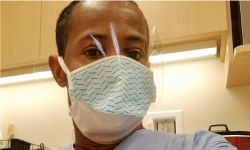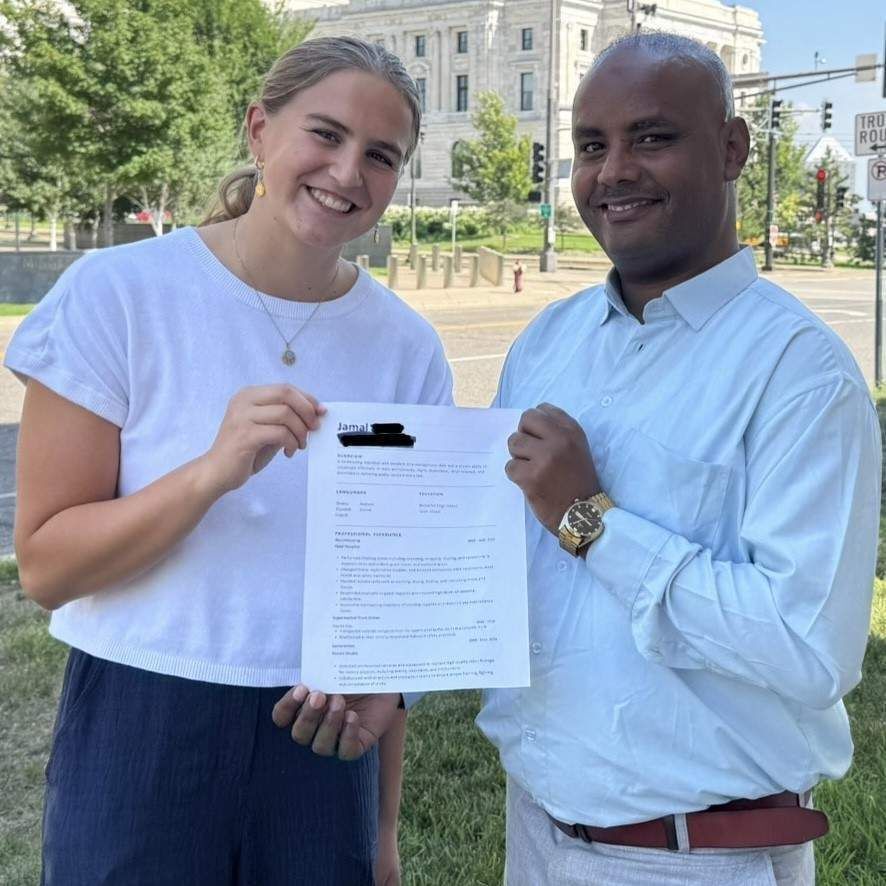
One of the top discussion topics within the job market is the increasing presence of AI in the workspace. There is a lot of talk, and understandable fear, about the potential of artificial intelligence reducing job opportunities as companies adopt more automated solutions. Beyond this shift in the job market, an additional barrier has emerged within the application process itself: AI resume and application filtration systems. More HR departments and recruiters are now relying on Applicant Tracking Systems (ATS) to sort through mountains of applications to find their ideal candidate.
The ATS Challenge
At face value, using ATS seems to work to benefit both job seekers and employers. It is an efficient, modern way for recruiters to handle a high volume of applications quickly. However, this efficiency adds new barriers to an already competitive job market.
When an HR office uses ATS, they are removing the initial human interaction from application reviews. Instead of a person looking for values and experience that align with the company values, the AI is searching for specific keywords and phrases, or “buzzwords”. If a job seekers application does not hit those precise triggers, it might be filtered out before a hiring manager even sees it.
This complicates the process of creating resumes and cover letters. Even if you are a perfect fit for the job with incredible experience and strong work ethic, your application could be overlooked simply because it doesn’t speak the language the ATS is seeking.
How We Approach This at Daily Work
As a case manager at Daily Work, discussing resumes and cover letters with job seekers daily, this challenge is constantly on my mind. Crafting clean and thoughtful applications can make or break a job search, and curating the perfect writing style is difficult and time-consuming. It's important not to get overwhelmed by this changing landscape; instead, use every advantage you can.
Here's how I break down the priorities for resumes and cover letters.
- Use the Job Description as Your Keyword Cheat Sheet
While it might feel too easy, treating a job description as a cheat sheet is the most direct way to hit those buzzwords and be seen as a true applicant. Paying close attention to required qualifications and responsibilities can be key to working through the ATS programming.
- Weave Keywords Naturally into Your Experience
Building on the first tip, it’s about how you use those keywords. Sometimes simply listing these terms as bullet points under a skills section isn’t enough. It’s more efficient to weave these keywords into your work experience bullet points. This not only grabs the attention of the ATS but also proves you genuinely possess these desired skills and have applied them in the past.
- Prioritize Clean, Simple Formatting
This is something I've struggled with myself. As a creative person, I enjoy demonstrating that through my writing. However, to work with a computer, sometimes you need to format like one.. Clean layouts free of graphics, text boxes, or columns increase the likelihood of the ATS being able to read your resume. This can feel cold and unoriginal, but it is most important to demonstrate your creative side within the words of your cover letters and future interviews.
- Quantify Your Achievements
While not directly about keywords, using numbers and data not only makes your accomplishments more impactful to a human reader, but also helps highlight specific skills or results related to those keywords. For example, instead of “improved sales”, try “Increased sales by 15% in Q3 through targeted marketing campaigns”.
- Make the System Work for You
The increasingly automated landscape can feel like it is creating more problems than it’s solving (and often is), but understanding how these systems work is key. It isn’t about tricking the system, but rather making the system work for you by ensuring your valuable skills and experiences are presented in a way that both AI and human recruiters can identify.
Mallory Paine, an intern with Daily Work through the St. Paul Area Synod, grew up in Woodbury, Minnesota, and is studying Environmental Studies and Economics with a minor in Spanish at the University of San Diego. A swimmer, outdoor enthusiast, and community-builder, she is passionate about environmental stewardship and making a positive impact wherever she goes.



